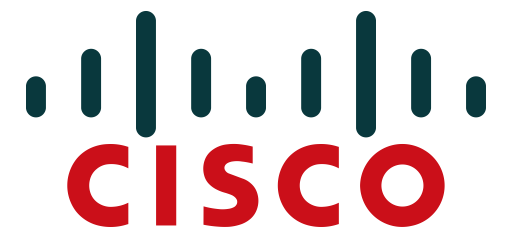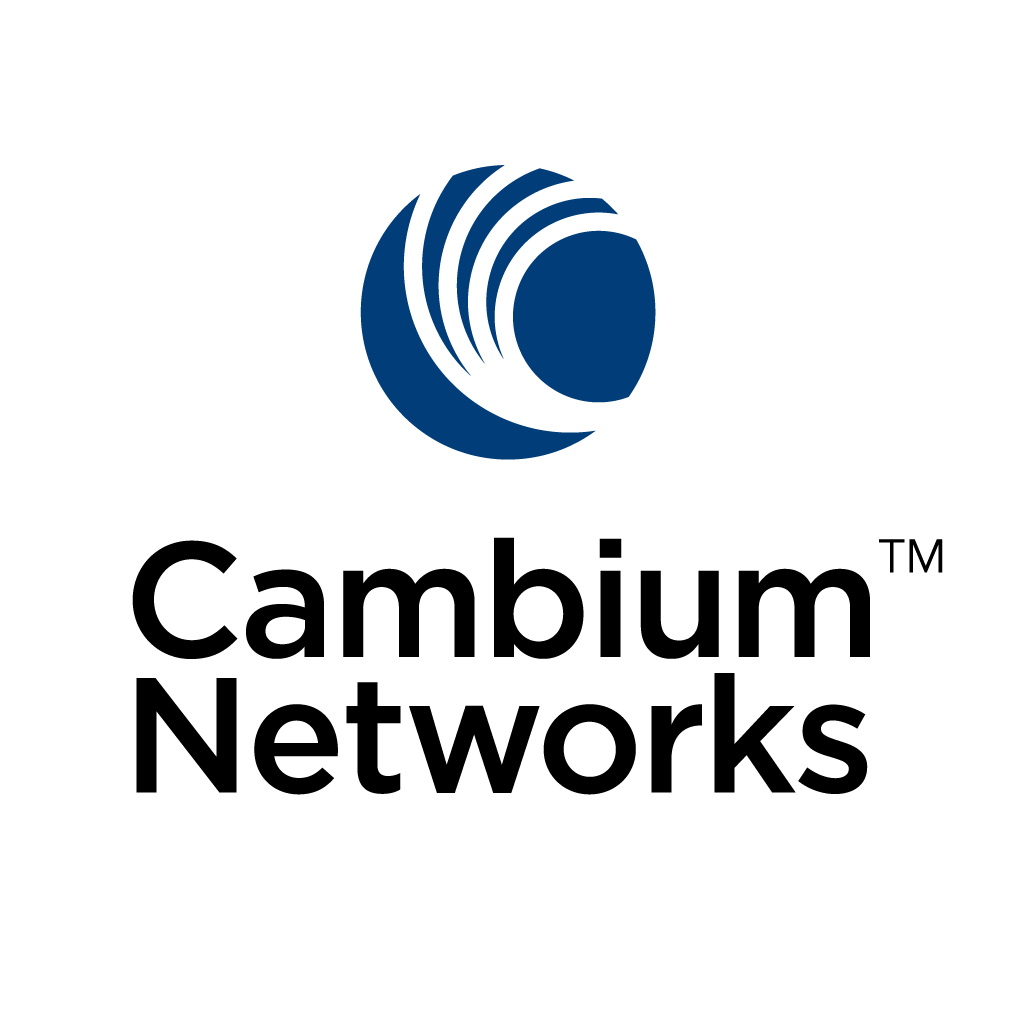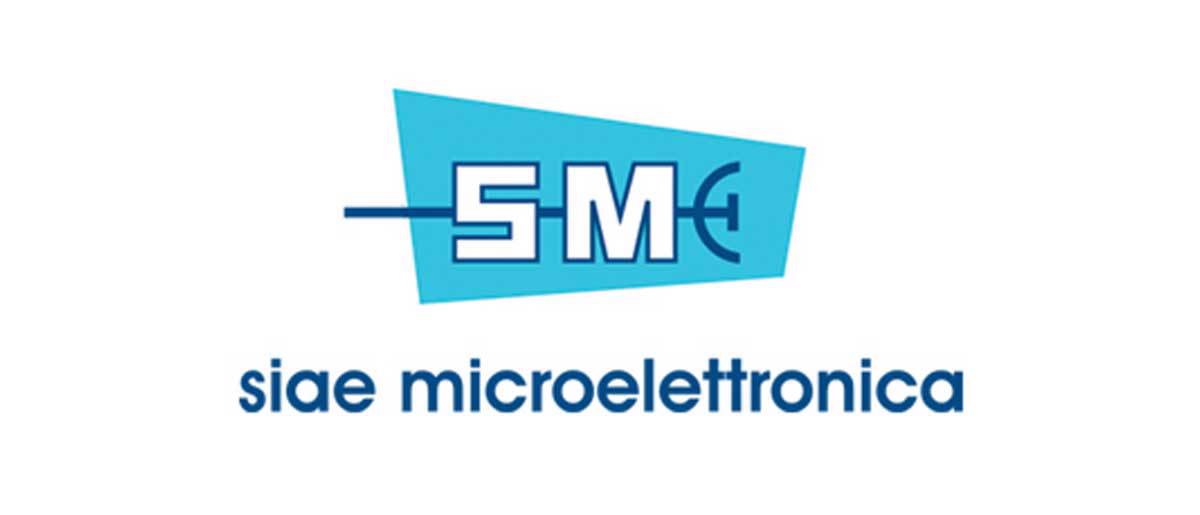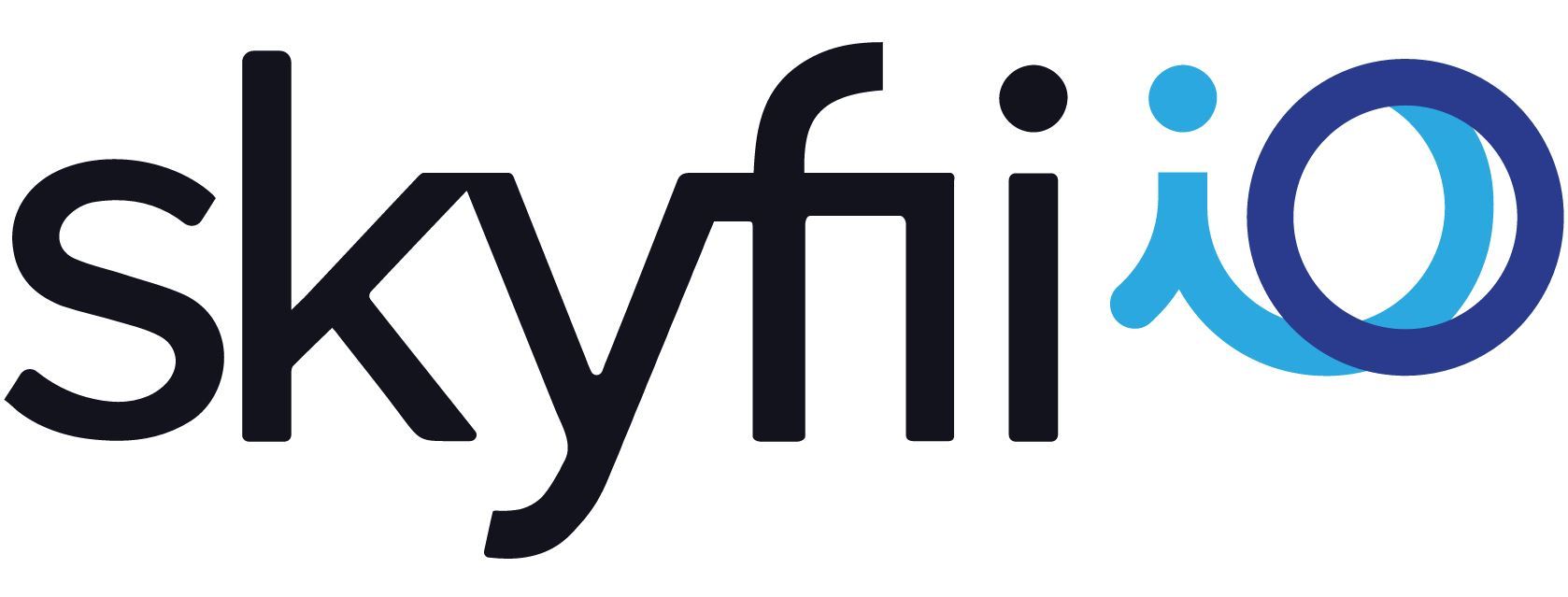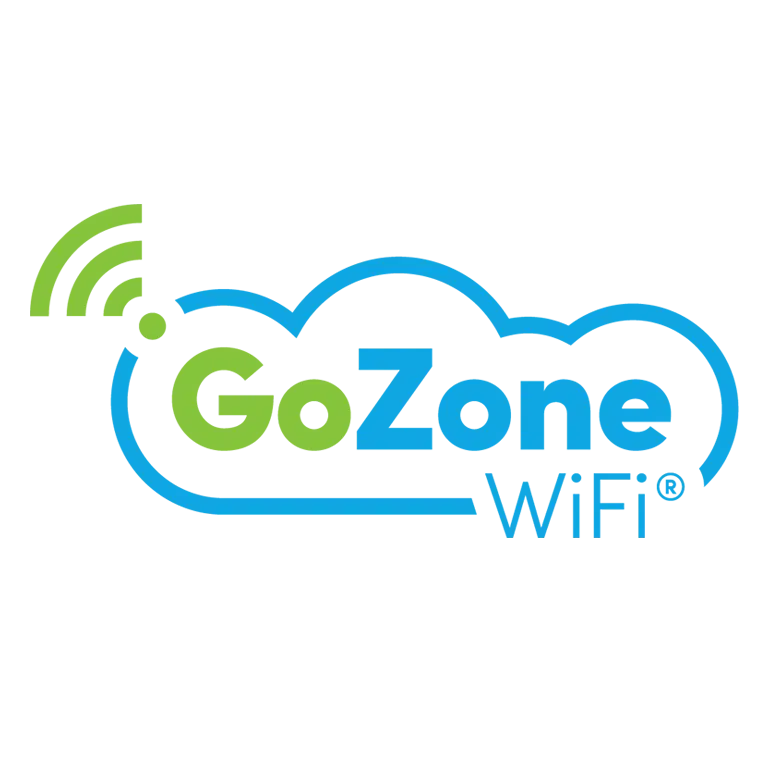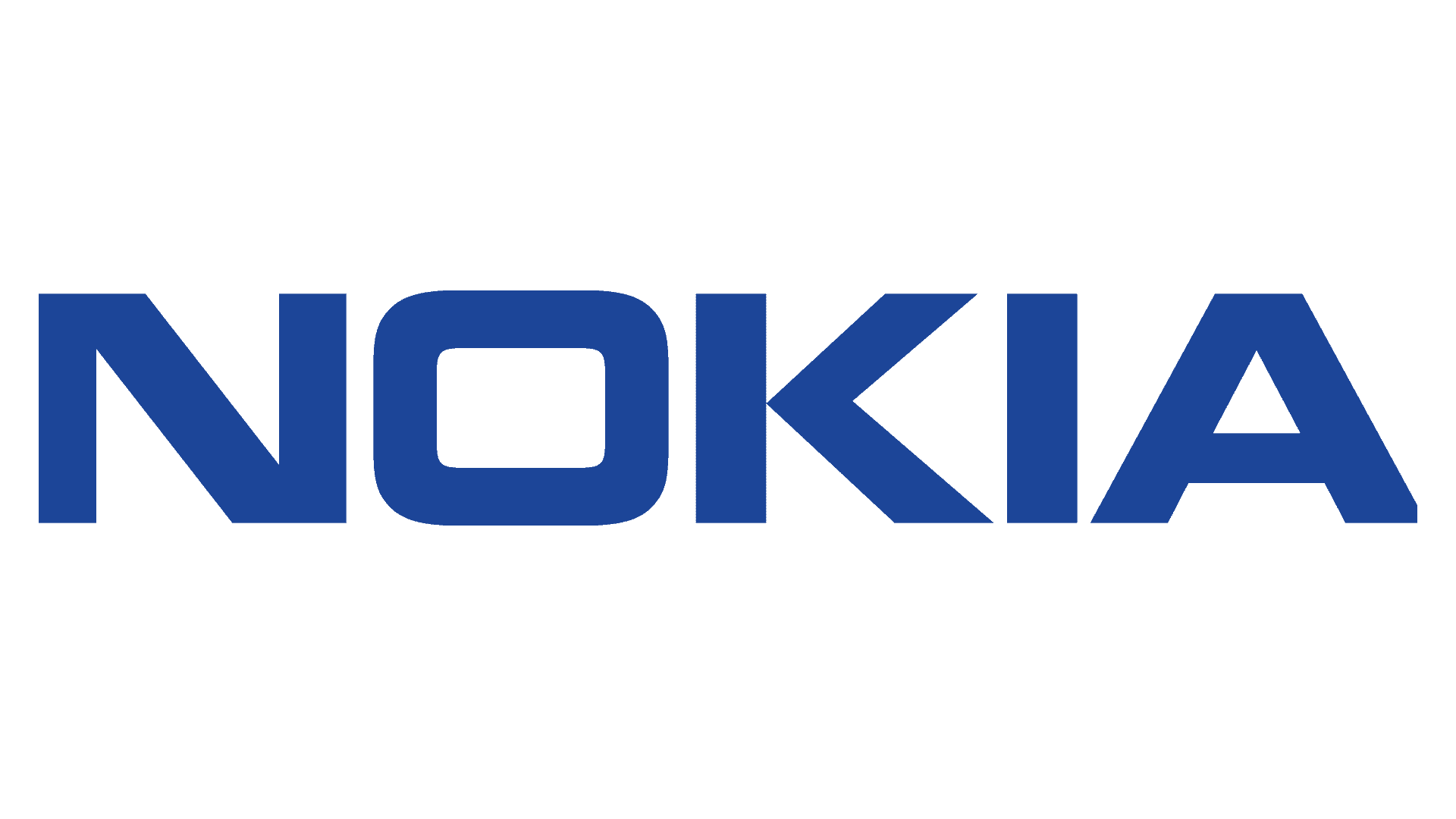By: Al Brown, SmartWAVE Technologies President & CEO
When the COVID-19 pandemic hit, it forced many businesses to shut their physical offices and suddenly transition workers to remote work. However, even before workers around the world traded their cubicles for their kitchen tables, having a fast, reliable internet connection was critical for participation in modern life.
Over 19 million households in America currently lack mobile or in-home internet access, severely curtailing their ability to participate in the modern world. This digital divide means that many Americans are unable to access critical digital resources, including jobs, educational opportunities, and lifesaving telehealth services. Using our proven methodology for planning, designing, installing, and managing Community Wireless Broadband networks, SmartWAVE is doing our part to help bridge this gap.
Why Broadband Access is Essential in the Modern World
Just like water, heat, and electricity, broadband has become an essential service. A fast, reliable internet connection is critical for many aspects of our lives: from accessing online education opportunities or enhancing in-person classroom learning to being able to work remotely and access critical services, a fast, reliable internet connection has transformed from a luxury to a necessity.
Education
Even before students traded their classrooms for their kitchen tables, a reliable internet connection was an essential resource for modern K-12 and higher education educational institutions.
A reliable internet connection in the classroom allows educators to access digital resources to enhance lesson planning and allows students to quickly and easily access supplementary information, complete homework, and broaden their horizons. The modern-day classroom is no longer confined by four walls.
When schools switched to online learning, these networks became even more critical. Teachers and other educators need reliable internet connections to communicate with students and access the digital tools they need to help students grasp critical concepts.
Without a reliable connection, students are more likely to fall behind. Though some may be able to catch up, this delay could have long-lasting consequences, potentially limiting future career opportunities and curtailing their potential earnings.
Smart Cities
Cities are becoming increasingly connected, using broadband to:
- Invest in economic development
- Manage street and garage parking networks
- Handle IP video surveillance
- Support public safety mobility networks
- Provide connectivity for sensor networks to report on water, air, and noise pollution
- Provide patient telemetry for first responders to save precious time in the event of a crisis
- Contribute to street beautification using electronic art.
SmartWAVE has assisted cities in supporting all of these applications.
Many cities are also investing in free public Wi-Fi, allowing residents to access the internet from community spaces such as recreation centers or even from the comfort of their own homes. This expanded access is critical for ensuring that all Americans, regardless of income level, age, or other factors, are able to fully participate in digital life.
By investing in offering free, publicly accessible Wi-Fi, cities can help ensure local companies and their workers remain connected and productive wherever employees are working from, whether they are finishing up a report at home, tackling some emails while they wait for their child’s class at the recreation center to finish, or logging on from their favorite local coffee shop.
Campus Networks
With more devices than ever connecting to the network in business and other enterprise settings, the days of throwing up a Wi-Fi access point and hoping for the best are long gone. Workers are also a lot more mobile than they used to be, so you need a fast, reliable Wi-Fi network that allows workers to move seamlessly between their desk, the conference room, and the on-site coffee shop so they can remain productive wherever they choose to work.
When many companies were forced to shut their physical workplaces, the ability to adapt to remote work quickly played a huge role in maintaining productivity. When workers aren’t able to easily and quickly access the tools they need to do their jobs, operations can slow dramatically or even grind to a halt.
Telehealth & Healthcare
Though the pandemic pushed many healthcare providers to rapidly expand telehealth access, a good internet connection was already a critical healthcare tool. Healthcare settings not only need fast, reliable connections, they also need those internet connections to comply with HIPAA and other applicable privacy legislation.
In a healthcare setting, a reliable network is not only critical for patient support but can also improve efficiency by supporting doctors, helping hospitals turn beds, and improving the patient experience.
COVID forced many healthcare providers to rapidly expand their telehealth services, but the ability to access healthcare services digitally is critical for rural or otherwise underserved communities. Smaller communities often lack specialist healthcare resources, but telehealth services allow patients to access healthcare services without the need to travel long distances. This reduces patient and system expenses related to travel and accommodations, limits the amount of time patients are away from home and work, and allows patients to access resources more quickly.
From Work to School to Home: The Critical Role of Broadband in the Remote Work Era & Beyond
The pandemic forced many organizations to rapidly pivot to remote work and highlighted the need to remain agile so your organization can respond quickly and effectively to unexpected circumstances.
For companies of all sizes in all verticals, workers need to be able to quickly and easily access the tools they need to do their jobs and collaborate effectively to keep your business running.
How SmartWAVE is Doing Our Part to Close the Digital Divide
The digital divide refers to the gap between those who have access to computers and other devices as well as fast, reliable internet and those who do not. As internet access becomes increasingly essential to function in society, rural, poor, elderly, and marginalized groups risk being left behind because they can’t afford the tools to connect online or the cost of a fast and reliable internet connection.
SmartWAVE is committed to doing our part to close this access gap. We have been working with cities since 2014 to provide Community Wireless Broadband solutions to close the digital divide.
SmartWAVE Case Study: The City of Council Bluffs
Our first large-scale Community Wireless Broadband deployment our team of experts engaged in was for the City of Council Bluffs in Iowa. In partnership with Google, we used our proven methodology for outdoor wireless network design, installation, and management to create a wireless network called BLink-Bluffs Community Wi-Fi, which provides free Wi-Fi to many residents, students, and local businesses.
The idea from the onset was to build a “success-based” network, where the success of the Phase 1 deployment would lead to Phase 2, and Phase 2 success would lead to Phase 3 until the project was completed. We are currently preparing the design for Phase 9, which is a testament to a model that works with a Community Wireless Broadband deployment to date, with over 50,000 client devices being served per month.
When the COVID-19 pandemic hit, the community was only nominally impacted from an educational perspective, since the network had expanded further under a partnership between the City of Council Bluffs and the Council Bluffs Community School District that created the BLink Wi-Fi Consortium with Google, which provided additional Wi-Fi access in the community with the goal of closing the digital divide for local students.
Because of this partnership, when COVID-19 forced schools to transition to remote learning, students were minimally impacted. SmartWAVE has been fortunate to partner with a number of other American communities and educational institutions, large and small, on initiatives that aim to provide reliable connectivity to underserved areas.
The digital divide pre-dates the COVID-19 pandemic, but as life, school, and work moved increasingly online, the gap between those with the tools and internet access to stay connected and those who do not was thrust to the forefront, highlighting the pressing need to ensure all Americans have fast, reliable internet access and can fully participate in society.
We believe that broadband is a right, not a privilege. To find out how you can bring fast, reliable broadband access to your city or school, please contact our team today.


